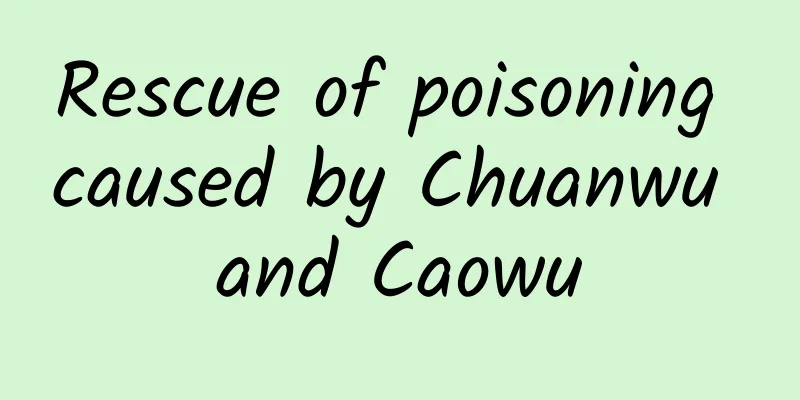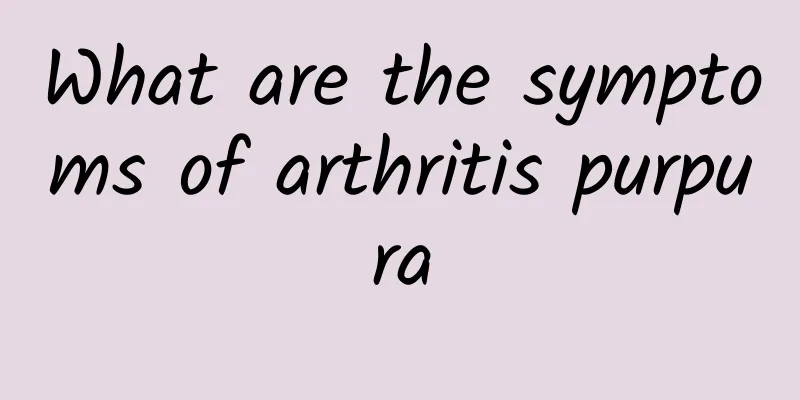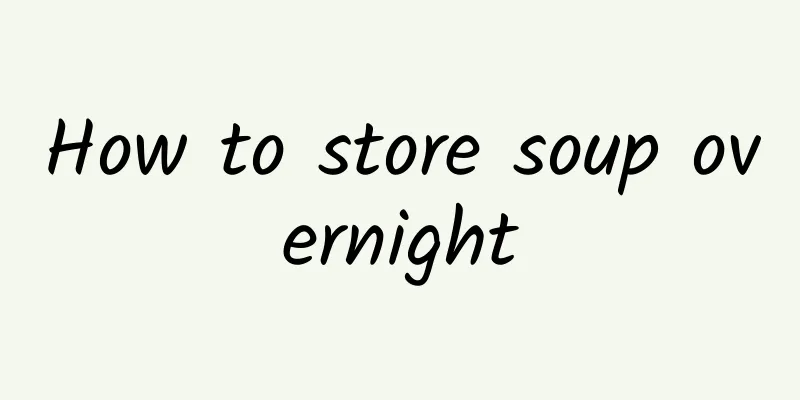Rescue of poisoning caused by Chuanwu and Caowu

|
Aconitum kusnezoffii is a traditional Chinese medicinal material with relatively strong medicinal effects. It can play an invaluable role in the treatment of influenza and other aspects. And because of its high pharmacological value, Aconitum kusnezoffii can be used to treat multiple diseases. However, we cannot ignore the fact that Aconitum kusnezoffii, as a traditional Chinese medicine, also contains certain toxins. Taking too much Aconitum kusnezoffii can cause poisoning. What is the cure for poisoning caused by Aconitum kusnezoffii? 1 Pharmacological studies on Aconitum kusnezoffii Aconitum kusnezoffii is the dried tuberous root of the perennial herb Aconitum napellus of the Ranunculaceae family. Mongolian medicine mainly uses its tuberous roots. In addition, Aconitum leaves, flowers and buds are also used. Dig up in autumn, remove the roots, impurities and soil, wash and process before use. Aconitum has a pungent taste, is warm in nature, light in taste and highly toxic. It has the effects of killing stickiness, anti-inflammatory, analgesic and drying yellow water. It is mainly used for plague, influenza, smallpox, intestinal pain, erysipelas, furuncle, glandular swelling, sticky intestinal sha, jaundice entering the pulse, cheek swelling, low back and leg pain, gout, arthritis, jaundice, stroke and other diseases. Modern pharmacological research believes that the main components of Aconitum kusnezoffii include biological alkaloids such as aconitine, isoaconitine, hypoaconitine, and jasmine aconitine, among which aconitine is the most toxic. According to historical records, 3-5 mg of aconite can cause death. The main causes of death are severe arrhythmia and paralysis of the respiratory center. 2 Symptoms of Aconitum poisoning According to historical records, symptoms of Aconitum kusnezoffii poisoning generally appear between 0.5 and 2 hours after taking the drug[3]. After taking medicines containing Aconitum kusnezoffii, people may experience slight numbness, fever, and pain in the lips and limbs. This should not be considered a symptom of poisoning, but rather the pharmacological effect of Aconitum kusnezoffii. However, if circulatory and respiratory system symptoms occur, it may cause death, so it cannot be regarded as a pharmacological effect. Symptoms of Aconitum poisoning include numbness of the whole body, thirst, intense burning sensation in the stomach, gradual paralysis, cramps in the face and limbs, difficulty speaking, decreased vision and hearing, confusion, arrhythmia, rapid breathing, decreased blood pressure, and finally death from arrhythmia and respiratory depression. 3 Treatment of Aconitum poisoning In clinical practice, a combination of Mongolian and Western medicine is often used to treat poisoning patients. For patients with mild symptoms, oral administration of Terminalia chebula soup, sour mare's milk, mung bean soup, etc., and intravenous infusion of 10% GS 500, 1000ml plus vitamin C 2g. For patients who have taken a large amount of medicine in a short time, immediate gastric lavage should be performed with 1:5,000 potassium permanganate solution or clean water. After the drug is washed out, 20 g of magnesium sulfate should be injected into the gastric tube to promote excretion of the drug from the gastrointestinal tract. For patients with bradycardia, repeated injections of atropine can be used until the heart rhythm returns to normal. For patients with severe ventricular arrhythmias, lidocaine is used to correct abnormal heart rhythm. If breathing difficulties occur, oxygen and respiratory stimulants are immediately given, and tracheotomy or assisted mechanical respiration is performed when necessary. 4 Prevention of Aconitum poisoning Ancient Mongolian medical books have detailed records on the quality of Aconitum, its toxicity, the time of collecting the medicine and its preparation methods. Mongolian medicine divides Aconitum into four types: yellow, red, white and black. Yellow, red and white are medicines, black is poison, both are acceptable. Mongolian medicine usually collects it when the ground is frozen in late autumn. The toxicity is weaker at this time. There are many varieties currently sold in the market, and little attention is paid to the herb harvesting season. Mongolian medicine usually uses Aconitum carmichaelii after processing. The processing method is usually to soak it in Terminalia chebula juice. Terminalia chebula contains various acids such as Terminalia chebula acid, Terminalia chebula acid, Prototermica acid, and ellagic acid. These acidic substances react chemically with the alkaline substances contained in Aconitum to produce salts, thereby reducing the toxicity of Aconitum. The alkalinity of aconitine is unstable and not heat-resistant. After boiling or soaking, it is hydrolyzed into less toxic aconitine secondary alkaloid or aconitine original alkaloid. In addition, rules and regulations should be formulated when using toxic drugs, and the dosage of drugs should be treated differently for the elderly, children and young people, so as to avoid the occurrence of poisoning incidents. |
<<: Pinellia ternata poisoning and its treatment
Recommend
Ginger can detoxify aconite
Following the recent honey wine incident, another...
Lumbar fracture biopsy
In daily life, people often suffer fractures in t...
What are the differences between probiotics and prebiotics?
Prebiotics are carbohydrates that are not digeste...
How to treat prickly heat
Prickly heat is mainly a kind of situation. It is...
What are the effects of donating hematopoietic stem cells on the body?
In order to cure diseases such as leukemia, trans...
What medicine should I take for throat inflammation?
The most common type of throat inflammation is ph...
How much weight can you lose in a week by using coarse salt to slim your legs
Many obese people have more fat in their thighs, ...
How is favism inherited?
Favism is a congenital disease and is hereditary....
7-valent pneumonia vaccine
The 7-valent pneumococcal vaccine is called Prevn...
Can white radish and honey cure cough? It is more effective than medicine
Spring is also a high-incidence season for coughs...
The pros and cons of men donating blood
For men, moderate blood donation can help improve...
The benefits and harms of betel nut
Even if you have never eaten betel nut, I believe...
How to apply eyeshadow for double eyelids
Applying eye shadow on double eyelids is a common...
The efficacy and function of boiling water with yellow peel leaves
When the kumquat is ripe, people not only like to...
What are the symptoms of spinal fasciitis? Is it serious?
Fasciitis is a type of fibrous tissue inflammatio...









